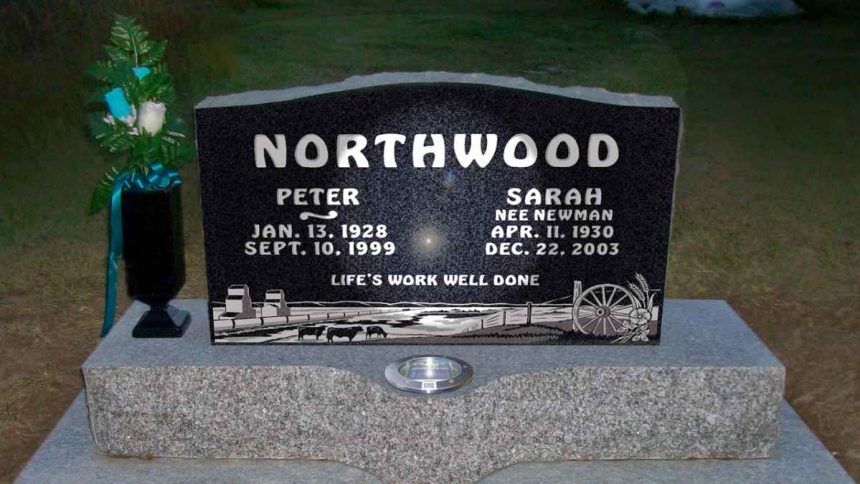Nowadays, even the most basic memorial headstones have embedded technology out of reach for even the wealthiest families. Modern memorial headstones can incorporate high-tech features into their function and look. The article will overview the tech that powers modern monument headstones.
1. 3-D Image Printing
For many families, there’s no more powerful way to honor their loved ones than by 3D printing their image onto a headstone. You can benefit from various eco-friendly advanced 3D imaging techniques and memorial solutions. The technology can help capture any loved one in stunning detail on the tombstone—from your best friend’s playful smile to your grandfather’s avuncular gaze.
Provide digital picture or video files, choose from an array of available styles, and your memorials company will do the rest! Including 3-D images of your loved ones in the headstone is an effective form of grieving and remembrance. You can view examples of some beautiful designs by clicking here and getting some inspiration for a memorial stone.
2. Laser Engraving Technology
Laser engraving is one of a few precise ways of engraving memorial headstones. Most laser engravers use water to create patterns, using fine streams from computer-controlled nozzles. The result is crisp and detailed lines that can easily cut through granite—among other materials—far surpassing older techniques for creating headstone engravings. It’s also quick, and you can achieve excellent results in minutes rather than hours.
Laser technology has been around since 1978 but was limited to industrial applications until recently. Today it’s available to create custom designs on everything from simple tombstones to full-sized monuments. In addition to being more accurate than traditional tools, lasers are better at cutting through hard stones like granite. They also have less waste and produce cleaner cuts with fewer imperfections.
3. Online Customization Tools
It’s hard to think that a headstone is anything but carved out of rock and placed in a cemetery. However, there’s an entire world of technology behind today’s memorial stones. Many tombstone companies offer custom features via their websites and apps, allowing customers to create unique headstone designs with detailed etchings and photos from their smartphones or computers. You can make changes, save and edit until you find the right headstone design.
Some sites even let you 3D print a miniature version of your design so you can see how it looks before it goes into production. The marker can include symbolic images such as;
- Photos
- Horses- representing travel
- Hummingbirds- signifying joy
- Butterflies- symbolizing transformation
These online tools enable you to be part of every step of creating a memorial for your loved one without having to visit a physical location or store. Further, the Internet allows you to work directly with artists and designers from anywhere in the world—and interact directly on social media channels like Facebook and Twitter—to ensure everything comes out as you want.
4. Machine Assisted Etching
The traditional method for creating a memorial headstone is to cut lettering into a granite block with chisels. A modern method for producing these markers uses CNC machines to etch directly into precast monuments (using diamonds or bits). By eliminating chisel work, customers can choose from hundreds of fonts and designs that would be impossible to create by hand. The result is more refined, legible headstones than could hand carvers produce in a reasonable amount of time.
The process also has environmental benefits, reducing waste and conserving natural resources. However, it’s crucial to balance beauty and legibility when choosing your design; too much detail may make your headstone challenging to read
Conclusion
Modern memorial headstones contain very advanced technology to help remember those loved ones who passed away. These high-tech ways to honor deceased loved ones are helping keep memories alive for future generations and allowing the creation of beautiful tributes unimaginable just a few decades ago. It’s worth checking out what options are available and how they can be helpful—you might be surprised by how much technology can help you commemorate the life of your loved ones.
Lynn Martelli is an editor at Readability. She received her MFA in Creative Writing from Antioch University and has worked as an editor for over 10 years. Lynn has edited a wide variety of books, including fiction, non-fiction, memoirs, and more. In her free time, Lynn enjoys reading, writing, and spending time with her family and friends.















